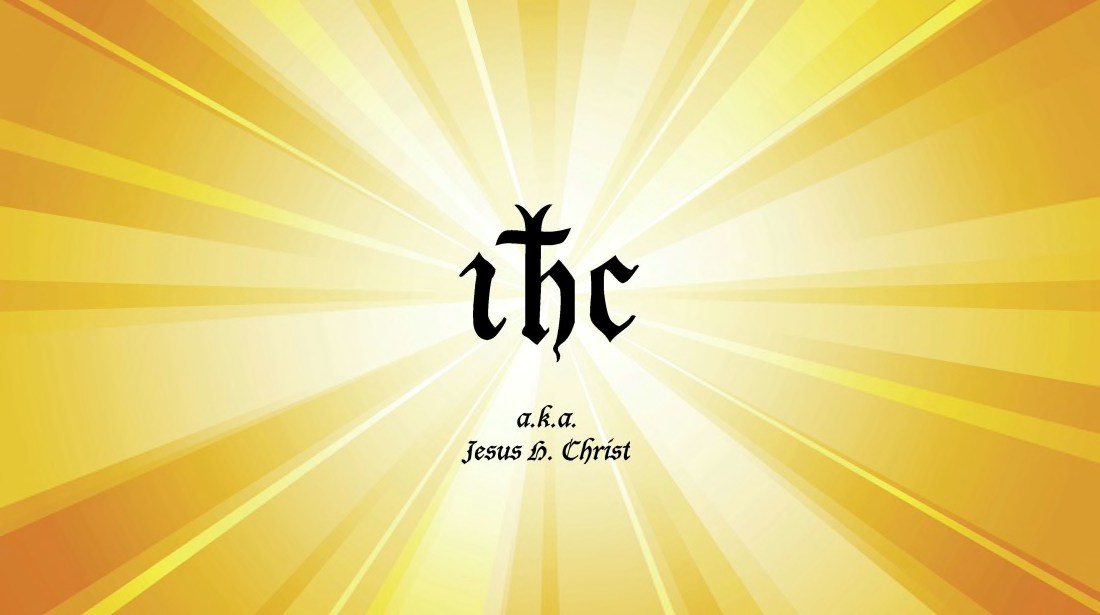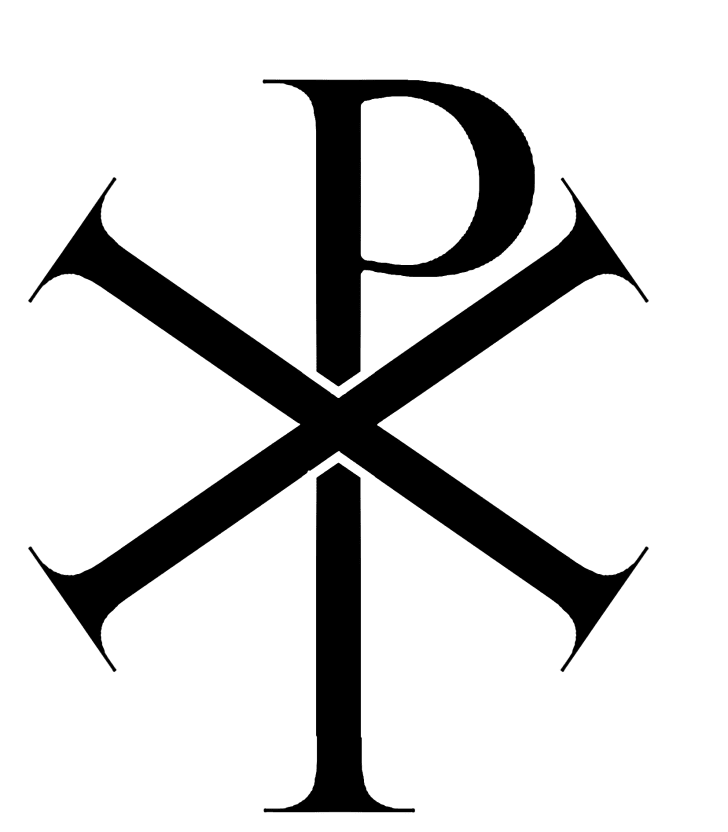Why Do People Say "Jesus H. Christ," and Where Did the "H" Come From?

Well, first, let us talk about where the name "Jesus Christ" comes from. The name Jesus is an Anglicized form of the Latin name Iesus, which is in turn a Latinized form of the ancient Greek name Ἰησοῦς (Iēsoũs), which is, in turn, a Hellenized form of Jesus's original name in ancient Palestinian Aramaic, which was יֵשׁוּעַ (yēšūă‘), a shortened form of the earlier Hebrew name יְהוֹשֻׁעַ (y'hoshuaʿ), which means "Yahweh is Salvation."
y'hoshuaʿ is the original Hebrew name of the hero Joshua, the central figure in the Book of Joshua in the Old Testament. Consequently, yēšūă‘ was one of the most common male given names in Judaea and Galilee during the early part of the first century CE when Jesus was alive. There are even multiple other people with the exact same name mentioned in the New Testament, including Jesus Barabbas in the Gospel of Mark and Jesus Justus, an apostle mentioned in the Book of Acts and in the Pauline Epistles.
Although people today often treat the word Christ as though it is Jesus's last name, it is actually not a name at all, but rather an epithet (i.e. a descriptive title). The English word Christ is an Anglicized form of the Latin word Christus, which is, in turn, a Latinized form of the ancient Greek word Χριστός (Christós), meaning "anointed one." The word Χριστός is used in the New Testament as a Greek translation of the Hebrew title מָשִׁיחַ (māšîaḥ), which has roughly the same meaning.
In antiquity, the title of māšîaḥ was not exclusively specific to any one particular person; instead, it was a generic title that could be applied to anyone who was regarded as fulfilling the role of God's anointed. For instance, in Isaiah 45:1, the title is applied to Cyrus the Great, the shah-in-shah of the Achaemenid Empire, who freed the Jews from captivity in Babylon after he captured the city in 539 BCE and allowed them to return home to rebuild their Temple in Jerusalem.
Now that we have that covered, we can proceed to explain where the phrase "Jesus H. Christ" most likely comes from. Most Christians are familiar with the Chi Rho monogram. If you are not familiar with it, here it is:

It is composed of the capital forms of the Greek letters chi ⟨Χ⟩ and rho ⟨Ρ⟩, the first two letters of the Greek word Χριστός, superimposed over each other. It is a sort of clever abbreviation that was used by early Christians to signify "Jesus" without having to write out his full name.
There is, however, another monogram used to represent Jesus that many people are less familiar with: the IHϹ monogram. Here is one form of it:

While the Chi Rho monogram is composed of the capital forms of the first two letters of the Greek word Χριστός, the IHϹ monogram is composed of the first three letters of Ἰησοῦς, which, if you recall, is the Greek spelling of the name Jesus.
The first letter is the Greek letter iota ⟨I ι⟩, which looks like the Latin letter ⟨I⟩ and makes the [i] sound as in the word machine, or sometimes the consonantal [j] sound as in the word yellow. The second letter is the Greek letter eta, which makes the long E sound, but which looks like the Latin letter H ⟨H η⟩. The third and final letter is the lunate sigma ⟨Ϲ ϲ⟩, a form of the Greek letter sigma which looks extremely similar to the Latin letter ⟨C⟩ and makes the [s] sound as in the word soft.
These are the first three letters of the name Ἰησοῦς, the Greek spelling of the name Jesus used in the original Greek text of the New Testament. At some point, however, presumably sometime in the early 19th century, ignorant Americans who were accustomed to the Latin alphabet and who knew nothing of the Greek alphabet mistook the letters of the IHϹ monogram for the Latin letters J, H, and C. They concluded that the J must stand for "Jesus" and the C must stand for "Christ," but then no one could figure out what the H stood for. Apparently, some people just concluded, "Hey, I guess H must be his middle initial!"
Eventually, the phrase "Jesus H. Christ" became something of a joke and it began to be used as a mild expletive. In his autobiography, the American author Mark Twain (a.k.a. Samuel Langhorne Clemens; lived 1835–1910) observed that the phrase was already in common use when he was still a young lad. Twain tells a humorous anecdote of how, in around 1847, when he was apprenticed to a printer, the evangelical preacher Alexander Campbell, the leader of the "Restoration Movement," ordered the printer to whom the young Samuel Clemens was apprenticed to print some pamphlets for one of his sermons.
Unfortunately, the printer accidentally dropped a few words and, in order to avoid having to reset three whole pages of text, made space to fill in the missing words by abbreviating the name "Jesus Christ" to simply "J. C." at one point in the text. The pious Reverend Campbell, however, insisted that the printer must not "diminish" the name of the Lord; he insisted that he needed to include the full name, even if it meant resetting three whole pages of already set text. The printer reset the text, but, because he was annoyed by the reverend, instead of changing the text of the pamphlet to say simply "Jesus Christ," he changed it to say "Jesus H. Christ."
It is important to note that Mark Twain's story is not the origin of the phrase, but it is an early piece of evidence of the phrase being used.

Comments
Post a Comment